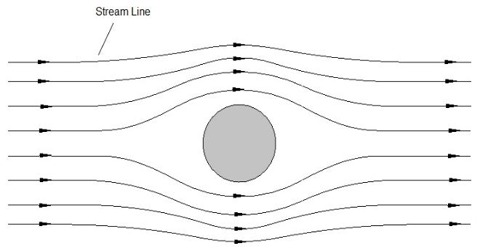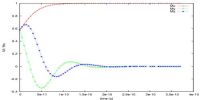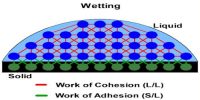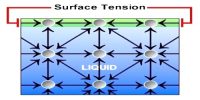In stream-line flow, the motion of an element following it passes an exacting point is the similar as the motion of the subdivision that preceded it at that point. The path that a element takes is called a stream line. In other ward, if velocity flow of each particle in a fluid at a point remains unchanged, with time, then that flow is called streamline motion.
If streamlines are drawn along the periphery of a small plane in streamline flow, it will be seen those lines do not intersect each other. So in all points of the stream pattern of streamline remain constant with time. Pattern of such type of flow-tubes with change time remains constant. Boundaries of these flow tubes are formed by streamlines and always becomes parallel to the velocity of the fluid particles [Figure).
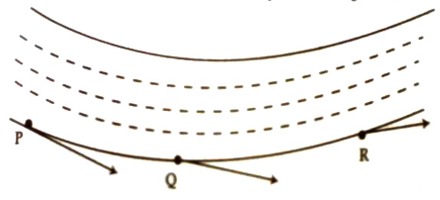
So, no flow or motion can crams the boundaries of the flow-tubes. So, the flow entering through one terminal of flow-tubes terminates through the other ends. The maximum velocity for which flow of fluid maintains streamline flow is called critical velocity.
Characteristics of Stream-line motion:
(i) Path or motion of particles in streamline motion can either be straight or curvilinear. Tangent drawn at any point of the curvilinear gives the direction of flow.
(ii) Paths of flow of particles never intersect.
(iii) When velocity is large, lines of flow get crowded.
